On-line and Remote Selling… what’s the next step? Here are 5 Arguments for Hybrid Selling
After the umpteenth lockdown, on-line selling or remote selling has become more or less routine for us all. Most people have come to terms with it, a few have really got to love it!
This is probably also due to the fact that the selling on-line mode is not really expanding its field of options for action. Rather, on-line meetings are currently the only possibility to conduct sales talks at all. So the “on-line luck” we’ve been having during these times of lockdown at least, is not really a choice but it is the only available option.
The initial enthusiasm for something new has now turned into an all-encompassing fatigue. This is what we, my networking partner, Dr. Ralf Schmidt and I, have gleaned from a series of trainings and workshops on the topic of remote selling.
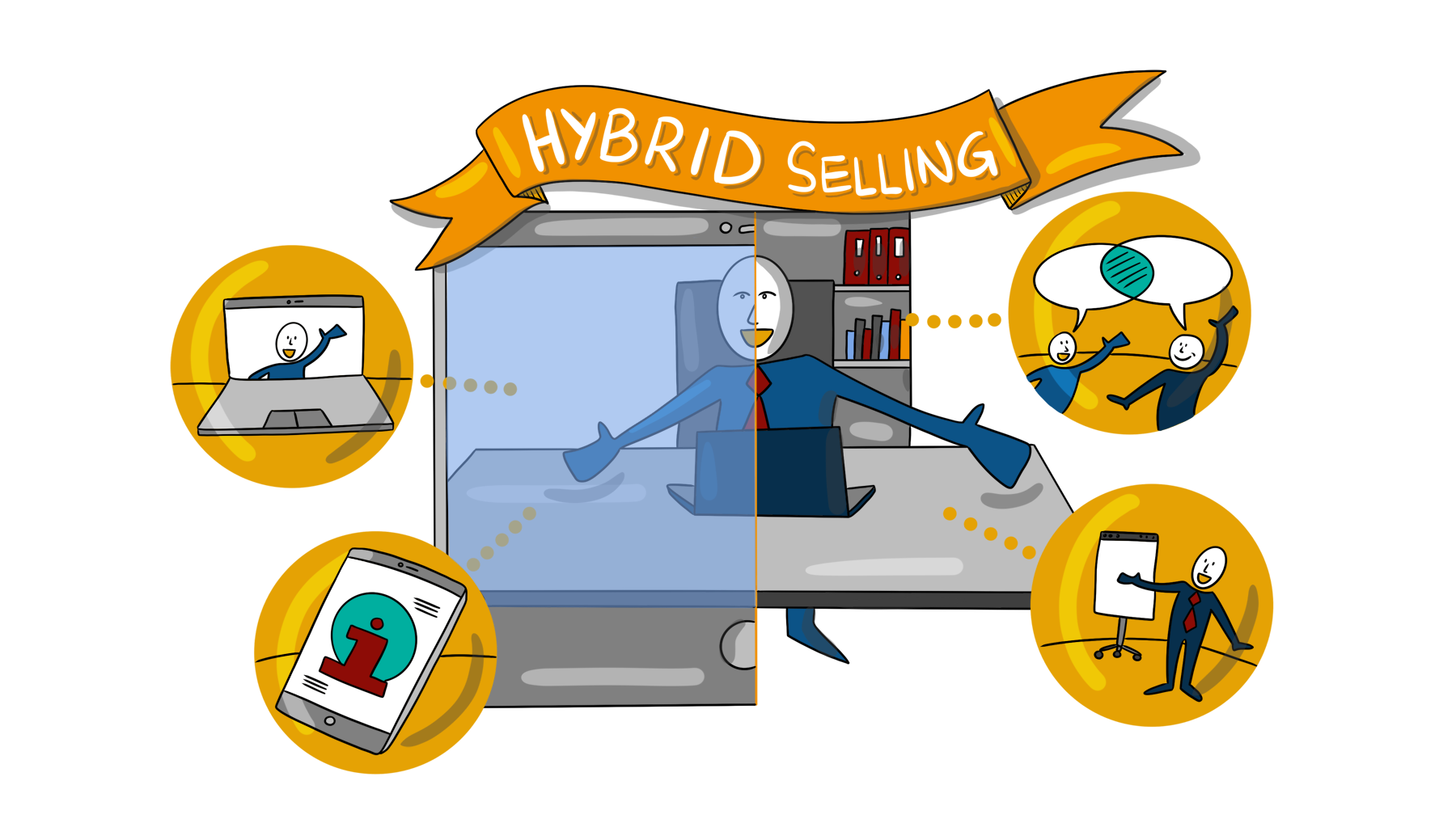
A tip in this context: from March 2021 we will be offering a series of online workshops on hybrid selling in the B2B area in 3 modules. All information can be found here: Workshop Hybrid Selling (B2B).
Hybrid Selling as ‘The New Normal’
However, what will our new reality look like when this pandemic is over or at least under control?
Yes, in our opinion, hybrid selling will be the new norm. Yet, what does this actually mean?
Advantages of hybrid selling in B2B business
1. Interpersonal contact
Hybrid selling takes into consideration the significant interpersonal contact in the sales process. In the future, personal meetings for sales talks or pitches will take place less frequently, yet it will not be completely replaced. Customer relationships play a significant part especially when it comes to new customer acquisition and building trust. Here, personal presence and address are both important elements of any contact development and communication framework. People perceive their environment and their interlocutors via all five senses. However, our online possibilities are restricted to just two senses (audio and video).
2. Independent and time-efficient
Existing contacts can be nurtured on-line in a time-efficient way and are not dependent on a location. On the whole, this is due to on-line meetings being better prepared and more stringently carried out compared to face-to-face meetings. At any rate, a lot of time is saved through the reduction of time intensive travel to and from appointments.
3. Building trust
On-line meetings can be arranged at shorter intervals making follow up work easier and more consistent and the threads of discussion don’t get lost along the way securing continuity in the exchange process. This all has a positive effect on building trust.
4. Communication channels
The choice of the communication channel (on-line or face-to-face) can have a significant effect on conversation as far as meaning and register are concerned. A face-to-face meeting can give considerable weight to an annual talk or meeting on the closing of a contract. Conversely, technical or follow-up appointments in the framework of an on-line meeting can be consciously kept more practical and efficient.
5. More possible combinations
In the sales process, a conscious combination of face-to-face presence and on-line communication is especially effective when an expert is brought in to a personal meeting on a special topic. This is how we can generate a lot of added value with little effort.
The more you think about this, the more possible combinations of on-line and off-line procedures in the sales process become apparent. On-line information and communication possibilities alone provide huge potential.
Hybrid Selling: Nothing new in the B2C area
Without it being referred to as such, hybrid selling has been used actively in B2C for a long time e.g. in car sales.
Before car buyers go to their dealers, they have compiled different variants of their dream cars using a product configurator. They will then proceed with the actual purchase through their trusted car dealer.
Similar examples can be seen in other industries. Service-oriented branches especially lend themselves to the support of personal business through on-line presence. In this way, professionals such as beauticians can also support their business through on-line consultancy and special offers.
Conclusion: Hybrid sales as a clever combination of online and offline
The notion of hybrid selling is actually not new, at least on a technical level. Through the pandemic, however, digital media and online tools are used and accepted more frequently.
Corresponding concepts with ever-increasing intelligent on-line tools and new possibilities for information exchange now have space to develop. At the same time, we should still be aware that on-line activity is only addressing two of our senses (audio und video).
Whether this is sufficient or whether all our senses have to be activated in the sales process is dependent on many factors (branches, products, situations etc.). In any case, the intelligent connection of “on-line” and “off-line” in a hybrid selling approach involves further optimization possibilities and sales processes.
We believe that hybrid selling as a conceptual approach, which connects the best of two worlds, will form the next phase in the development of selling. What better time to offer a special series of workshops on this topic? If you are interested, we are doing just that from March 2021! More info: Workshop Hybrid Selling (B2B).

He founded perspective: international in 2013. He works as a strategic advisor, operative facilitator and interim manager with many years of experience in internationalization and international business development.

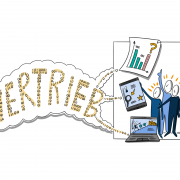
 Foto: © ipopba / stock.adobe.com
Foto: © ipopba / stock.adobe.com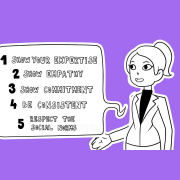
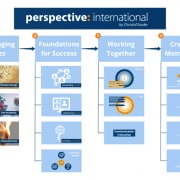
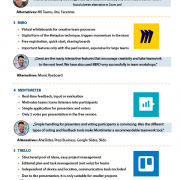
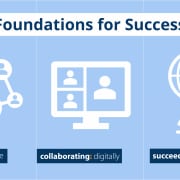

 Foto: © ipopba / stock.adobe.com
Foto: © ipopba / stock.adobe.com